Are you gearing up for your next cycling event and looking to achieve a personal best? Whether you’re a seasoned cyclist or new to the sport, hitting your target time and surpassing your expectations is always thrilling. But how can you guarantee that you post a personal best at your next cycling event?
I’ve helped thousands of cyclists prepare for their cycling events over the years, so regardless of whether you’re attempting your first Gran Fondo or wanting to medal at your state, national or international racing events, I’ve got you covered! In this article, I’ll share five proven strategies to help you post a personal best at your next cycling event. From training tips to nutrition advice, I’ll cover all the essential elements that will give you the edge you need to succeed.
Strategy 1: Create a training plan with specific goals to help you post a personal best on the day.
The first step towards achieving your personal best is to create a well-planned training schedule tailored to your specific cycling event. This plan should include endurance, strength, and interval training, with specific goals for each session. It will help you build your endurance level, increase your speed, and develop your muscle strength, all essential for cycling.
Before creating your cycling training plan, consider the length of the event you are preparing for, the terrain, and the conditions you will face. By taking all of these factors into account, you can create a training program that will help you tackle any obstacles you might encounter during the event.
For example, if you are preparing for a hilly course, you should include hill training in your program, which will help you to improve your climbing power.
When you build your training program, don’t forget to include rest days to help your body recover and prevent overtraining.
And don’t forget to track your progress throughout your training program by keeping a training diary using applications like Garmin Connect, Training Peaks, Strava or the Wahoo Fitness ELEMNT Companion App. This will help provide you with valuable feedback on your progress which you can use to adjust your program and ensure that it’s optimally tuned to produce the required training result you need for your event.
If you want to achieve your best performance in cycling and want a more personalised service, check out our custom training program with coaching support options.
An example of our L’Etape de Tour de France cycling training program loaded up into a customer’s Training Peaks account
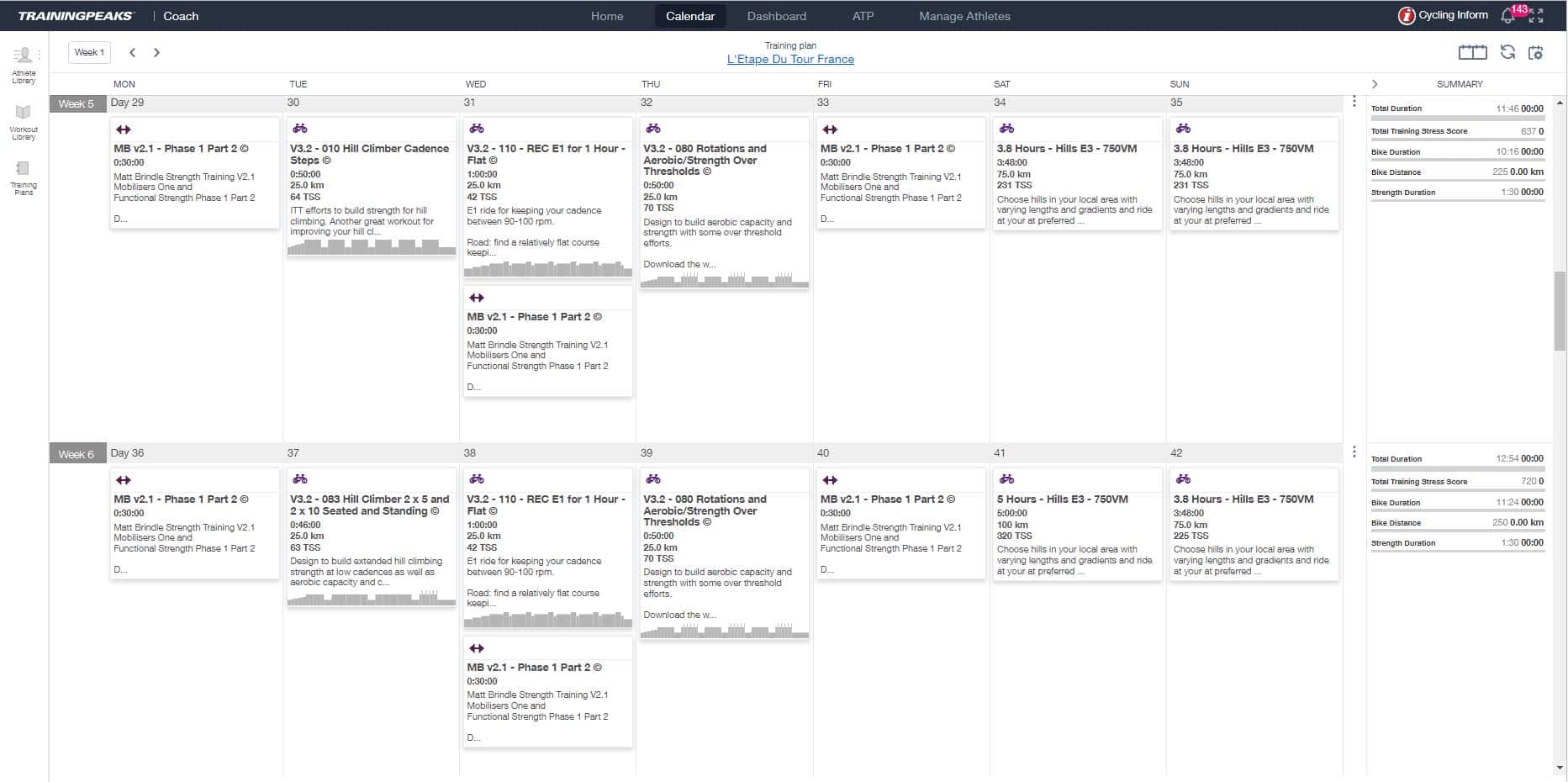
An example of two weeks of our L’Etape de Tour de France training program that focuses on building aerobic, strength, and speed while incorporating the appropriate cadences and training zones to optimise your training. This program includes exercises to improve your pedalling technique and core strength for seated and standing efforts on hill climbs. It also contains instructional training videos that guide you through specific cadence drills to improve your pedalling efficiency. We also include off-the-bike strength training sessions that can be held at home. These sessions complement our indoor training workouts and help you develop the core strength necessary to generate more power throughout more of your pedal stroke.
Strategy 2: Focus on your cycling nutrition and hydration
A balanced diet and proper hydration are critical to posting a personal best in any cycling event. Eating a well-balanced diet rich in carbohydrates, proteins, and healthy fats is essential for energy and muscle recovery. Adequate hydration is also crucial, especially during long events.
I recommend consuming a low-GI carbohydrate meal before your cycling event, providing you with the necessary energy to fuel the first part of your ride.
Then I recommend regularly consuming water and carbohydrate during the event to maintain hydration and energy levels. The amount of water you drink will depend on the temperature and humidity of the day of your event.
Eating carbohydrate snacks such as energy bars and gels is essential for events longer than two hours and will help maintain your energy levels.
Around 30-60 grams of carbohydrates per hour for recreational events will usually cover most of your energy demands. You may need more carbohydrates per hour if you’re racing or riding your event at very high intensities.
It also helps if you plan your nutrition and hydration strategy based on the duration of the race, the weather conditions, and feed stations, to cover your hydration and nutrition needs. I help many of my clients map out a nutrition and hydration strategy as part of the personalised coaching service that we provide with our custom training programs.
Hydration and nutrition requirements are very personal to each athlete, depending on their sweat rate, their response to different environmental conditions, how intense they are riding and their energy metabolisation rate. I recommend using your training rides to experiment and tune your nutrition, hydration and carbohydrate burn rate.
Strategy 3: Incorporate strength and cross-training to help you post a personal best
Strength and cross-training is an essential element of any cycling training plan and will help you build your muscle strength and improve your overall fitness level, which is critical to posting a personal best at your next event. Strength training can include weight training, resistance band, and bodyweight exercises such as core strengthening.
To achieve your best performance in cycling, it’s important to incorporate strength and cross-training into your overall training plan. This will help you build muscle strength and improve your fitness level overall. To achieve this, you can try different types of strength training, such as resistance bands or bodyweight exercises focusing on core strengthening. Remember, building strength is crucial to performing your best at your next cycling event.
Incorporating cross training activities into your cycling training schedule will help you build your core strength, improve your flexibility, and prevent muscle imbalances, all essential for cycling performance.
Cross-training can include other physical activities such as swimming, running, pilates and yoga, which will help you to improve your overall cycling fitness level and prevent overuse injuries. I recommend that if you’re looking at cross-training, you consider swimming, yoga or pilates over running, as they are more complementary to cycling unless you are a seasoned runner.
An example of off-the-bike strength training for cyclists
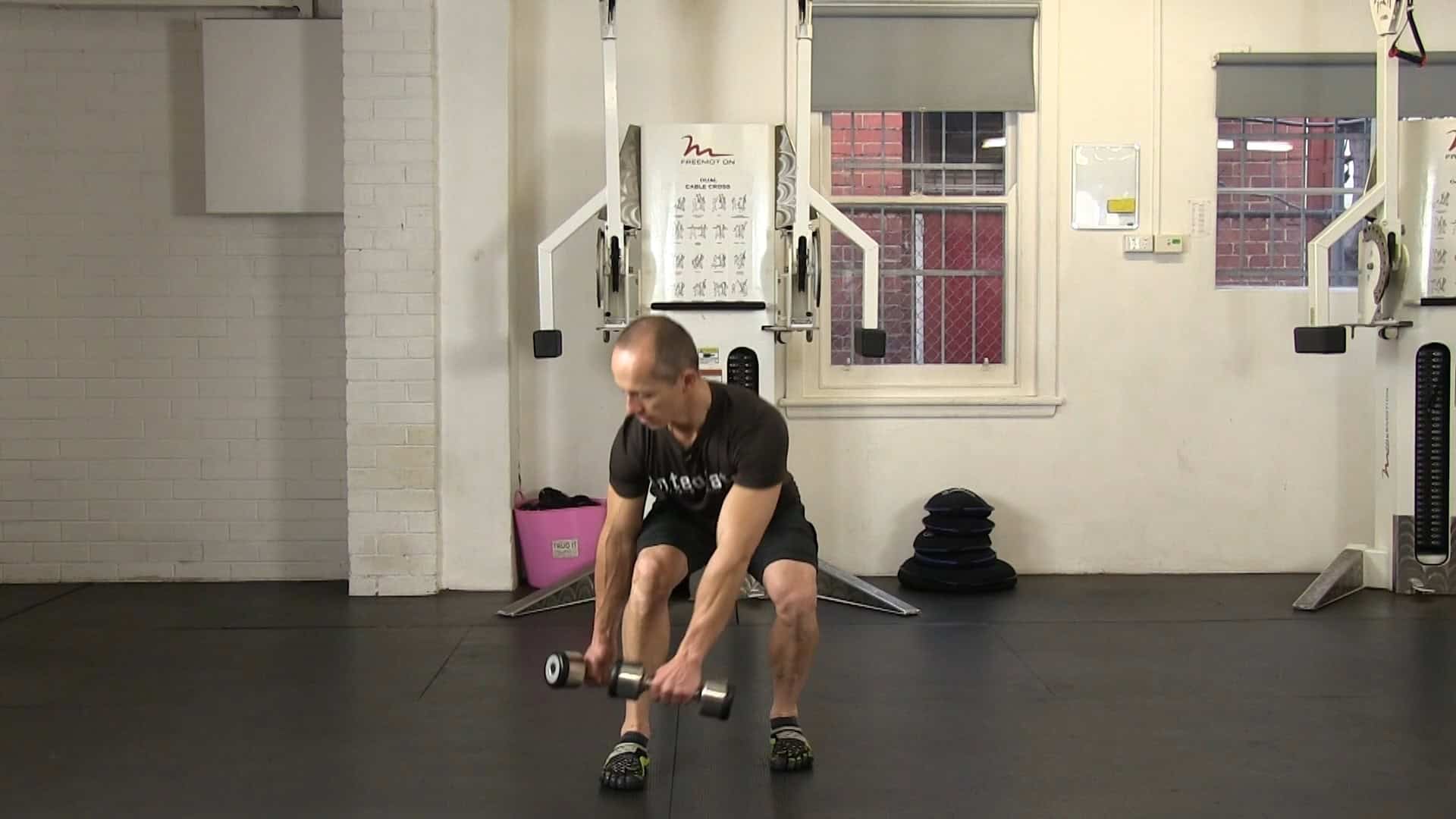
All our training programs incorporate simple yet effective core strength and conditioning workouts that eliminate confusion about what exercises to do for off-the-bike strength training. These workouts don’t require expensive gym equipment, personal trainers, or gym memberships. You can easily perform them in your own home. These workouts have been created to help you develop a stronger core for cycling and improve the efficiency of your pedal stroke.
Strategy 4: Mental preparation and visualisation techniques
Mental preparation and visualisation techniques can be powerful tools to help you post a personal best at your next cycling event. Visualising yourself successfully completing the event will help you build confidence and reduce your anxiety.
Mental preparation can include setting realistic goals, developing positive self-talk, and practising relaxation techniques such as deep breathing and meditation. Visualisation techniques include successfully imagining yourself completing the event, visualising the course, and preparing for your potential challenges.
Remember to stay positive and focused on your goals and use your mental preparation and visualisation techniques to help you achieve your personal best.
Strategy 5: Event day tactics and pacing that assist in posting a personal best
Event day tactics and pacing are essential to posting a personal best at your next cycling events. Pacing yourself correctly throughout the cycling event will help you to maintain your energy levels and avoid early exhaustion.
If you’re riding a recreational event and want to complete it in a reasonable time, you’ll want to start at a comfortable pace, and gradually increase your speed as you progress through the event. Avoid starting too fast, which can lead to early exhaustion and fatigue.
This will not apply if you want to post your very best time at your cycling event. In this case, you’ll want to ensure that you seed yourself into the fastest bunch possible, appropriate to your fitness level. This will mean getting as close as possible to the front of your starting grid before the event starts. Then, pay particular attention to your positioning as you start the event. You’ll have to start the event quite fast to hold your position and ensure that you settle into the group that will help you to reach the finish line and post your personal best.
For racing events, the pacing is different. Each racing event discipline has its unique pacing requirements. For example, it’s about managing the decisive moments in a road race. For mountain bike events, getting into a good position at the start of the event is essential, then as you progress through the course you’ll want to focus on managing the threshold and over-threshold efforts. For time trials, it’s all about managing riding at the highest possible threshold you can handle.
Additionally, it is essential to anticipate any potential challenges, such as the length and gradients of the hills or any challenging terrain you’ll encounter and adjust your pace accordingly. Remember to stay focused on your ride plan and avoid getting distracted by other riders.
Example of a client’s customised Marmotte Granfondo Alpes pacing file in Strava
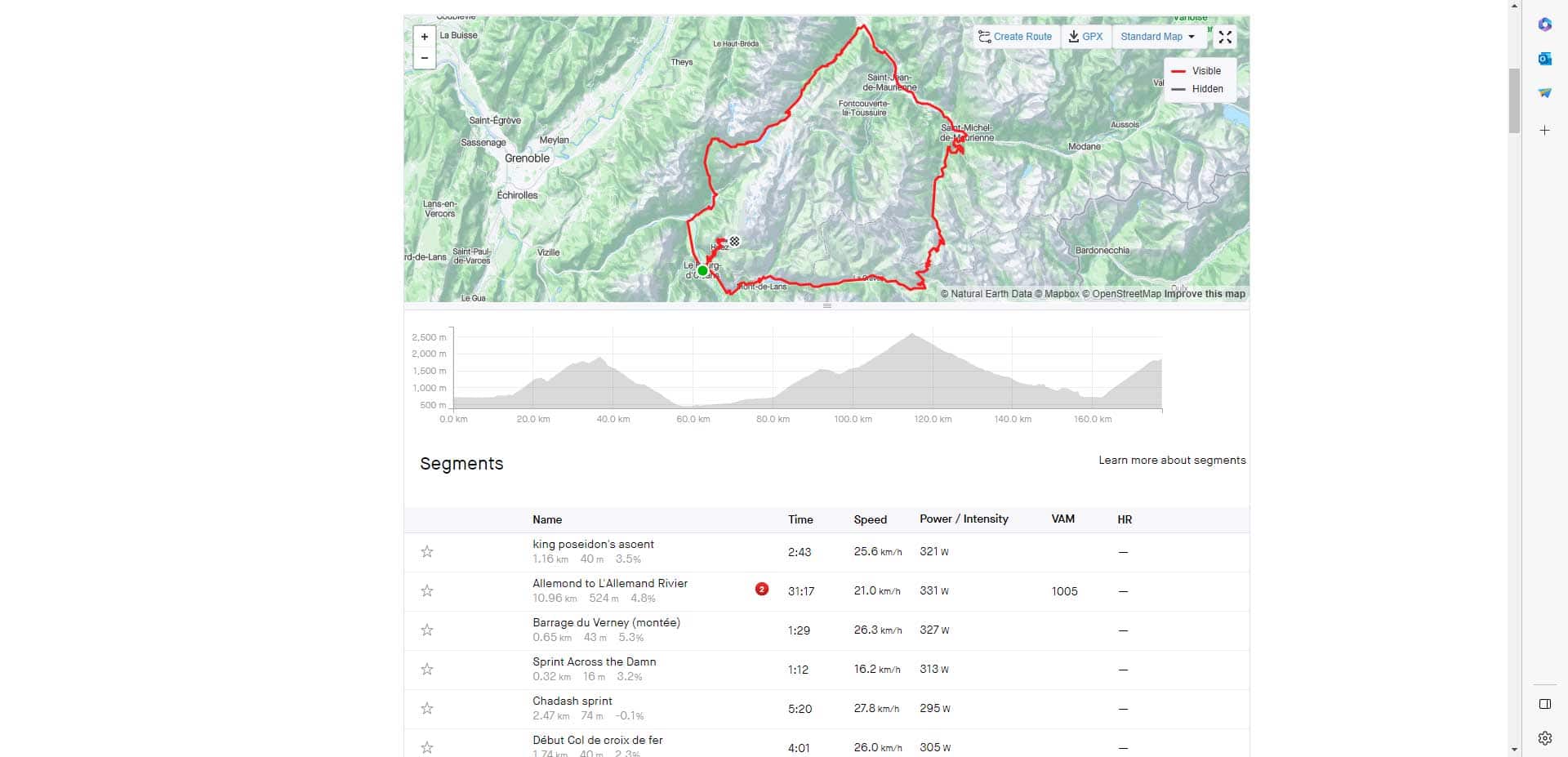
For my clients, I can provide a detailed TCX pacing file that they can load up into Strava and analyse. The pacing chart provides detailed time and power targets for the course segment to ensure they stay on track and post a personal best. The pacing chart considers their weight, height, and bike and can also include weather conditions on the event day. I use this data when creating and tunning their custom training program to ensure that the training I’m giving them helps them build toward meeting the fitness requirements needed for the event. As they work through the program, I use their progress to assess how they are tracking against these performance targets. This ensures that I take as much of the guesswork out of preparing them for the event and ensures the best chance of them posting a personal best on the day.
Example of our Adelaide Hills Cycling Club Oakwood race course training file in Training Peaks
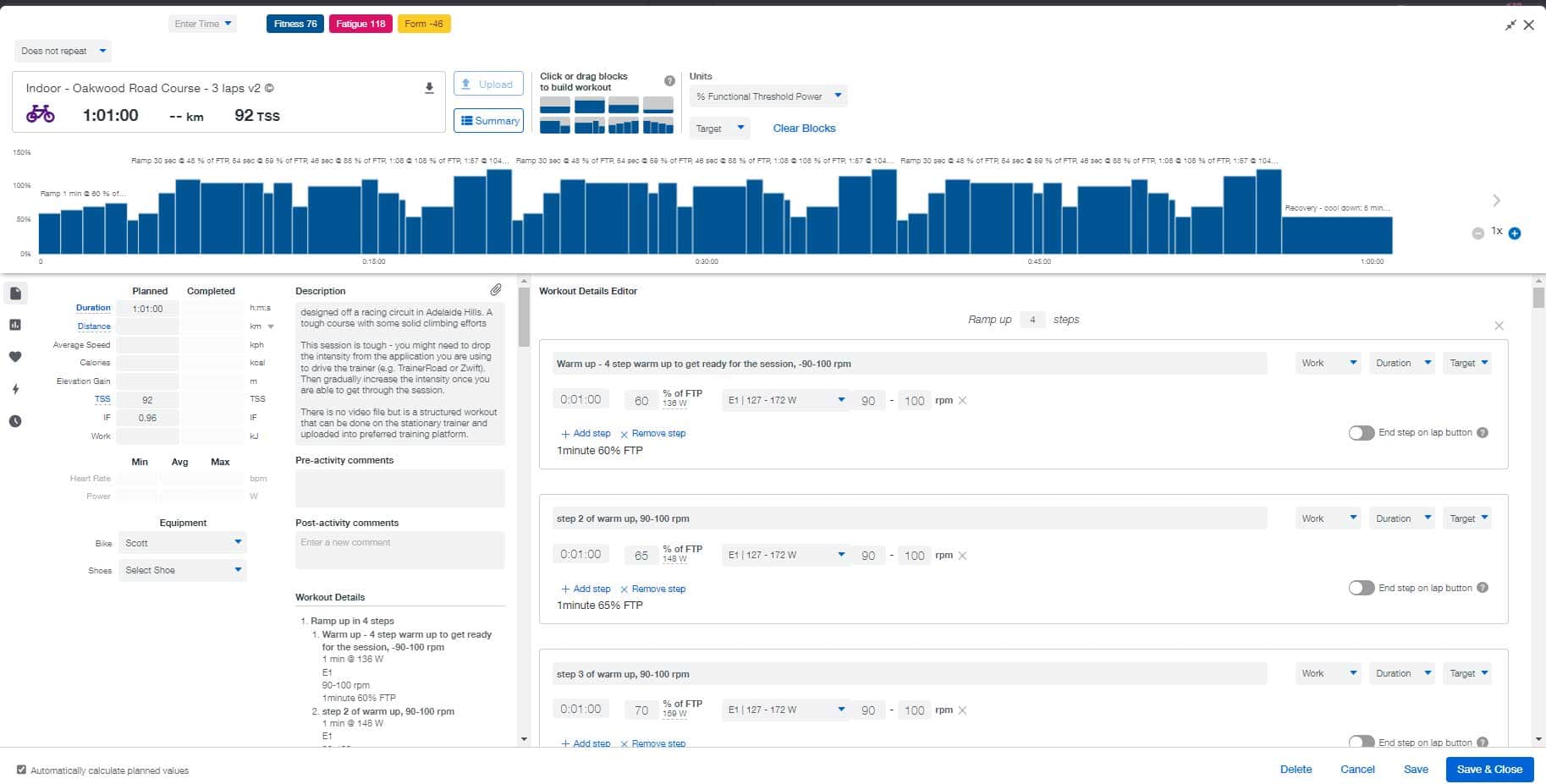
I use the same technology for racing events to create custom training files that I load into Training Peaks to replicate the event. The picture above is a session specifically for three laps of the local Adelaide Hills Cycling Club Oakwood race course. This helps our clients build the fitness required for the course they want to do their personal best on.
Bonus tip: Recovery and post-race analysis
Recovery and post-race analysis are essential to achieving your ongoing personal best at cycling events. After the event, it’s essential to take some time to rest and recover, which will help your body to heal and rejuvenate. I usually recommend one or two weeks, depending on what other future events are on my client’s annual training plan.
Additionally, it’s useful to analyse your performance and identify areas where you need to improve. This analysis can include reviewing your training schedule, nutrition and hydration strategy, and race day tactics.
I like to do a post cycling event de-brief with my clients to find out what worked and what didn’t so that I can further tailor the training that I give them.
Conclusion and final tips for achieving personal bests in cycling events
Achieving your personal best in cycling events requires a combination of training, nutrition, mental preparation, pacing, and recovery. By using the strategies outlined in this article, you can prepare yourself to achieve your personal best in your next cycling event.
Remember to set specific goals for yourself, focus on nutrition and hydration, incorporate strength and cross-training, practice mental preparation and visualisation techniques, and plan your race day tactics and pacing. With these strategies in place, you’ll be well on your way to achieving your personal best at your cycling events.
Where To From Here
We provide many resources and tools to our coaching clients with support in these areas to ensure they reach their full potential.
Check out the results we have been getting for our clients here.
If you need help with your training, then click here to contact me or use this link to book a free coaching call.
Other articles that may be useful
Aerobic Base Training for Cyclists: The Benefits and Strategies of Base Training
Indoor Cycling Workouts – Choosing the Right Workout To Maximize Your Performance
How to Adjust Your Bicycle Seat Height
How to Optimize Your Cycling Performance – A Guide for Avid Riders

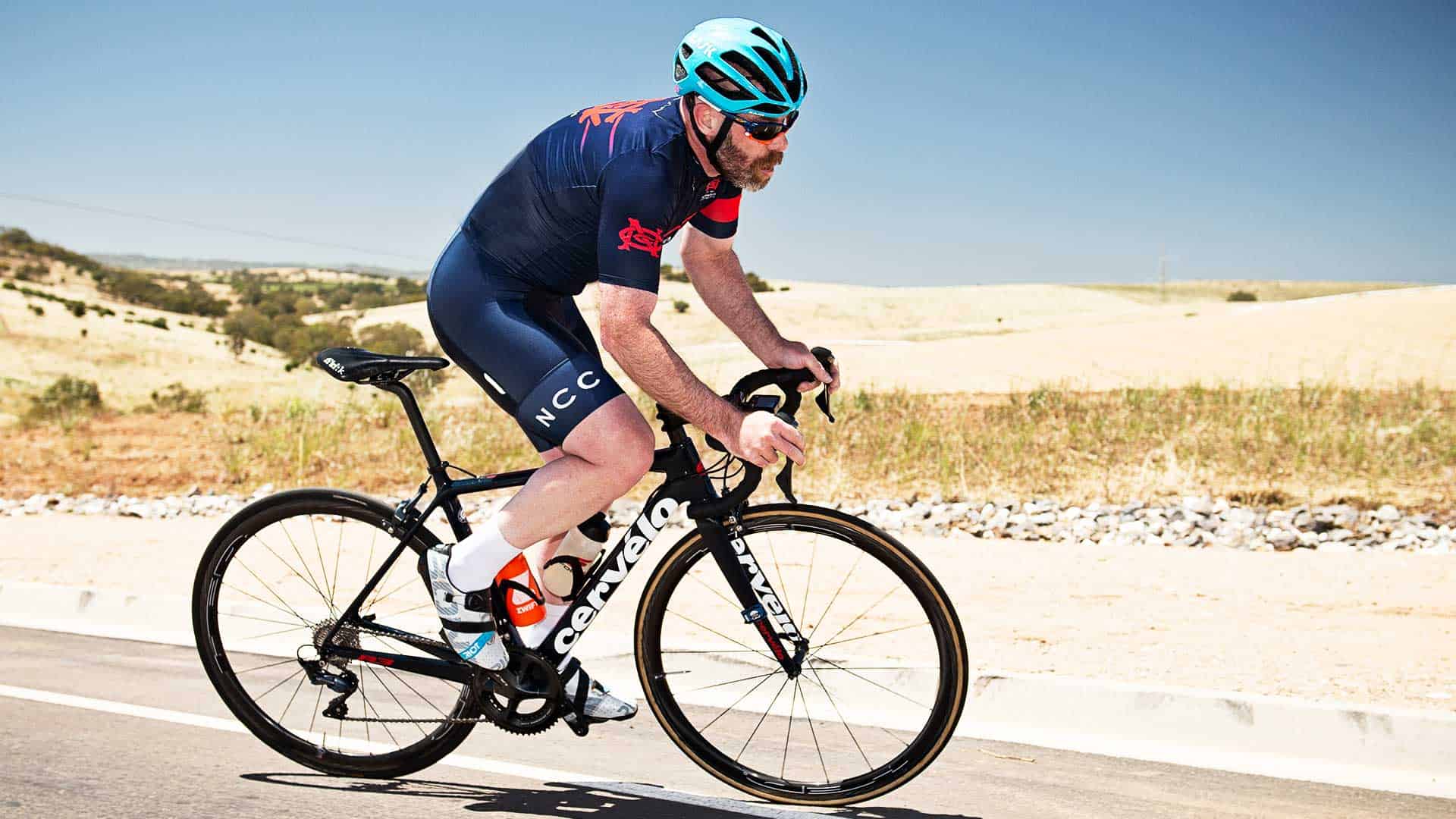



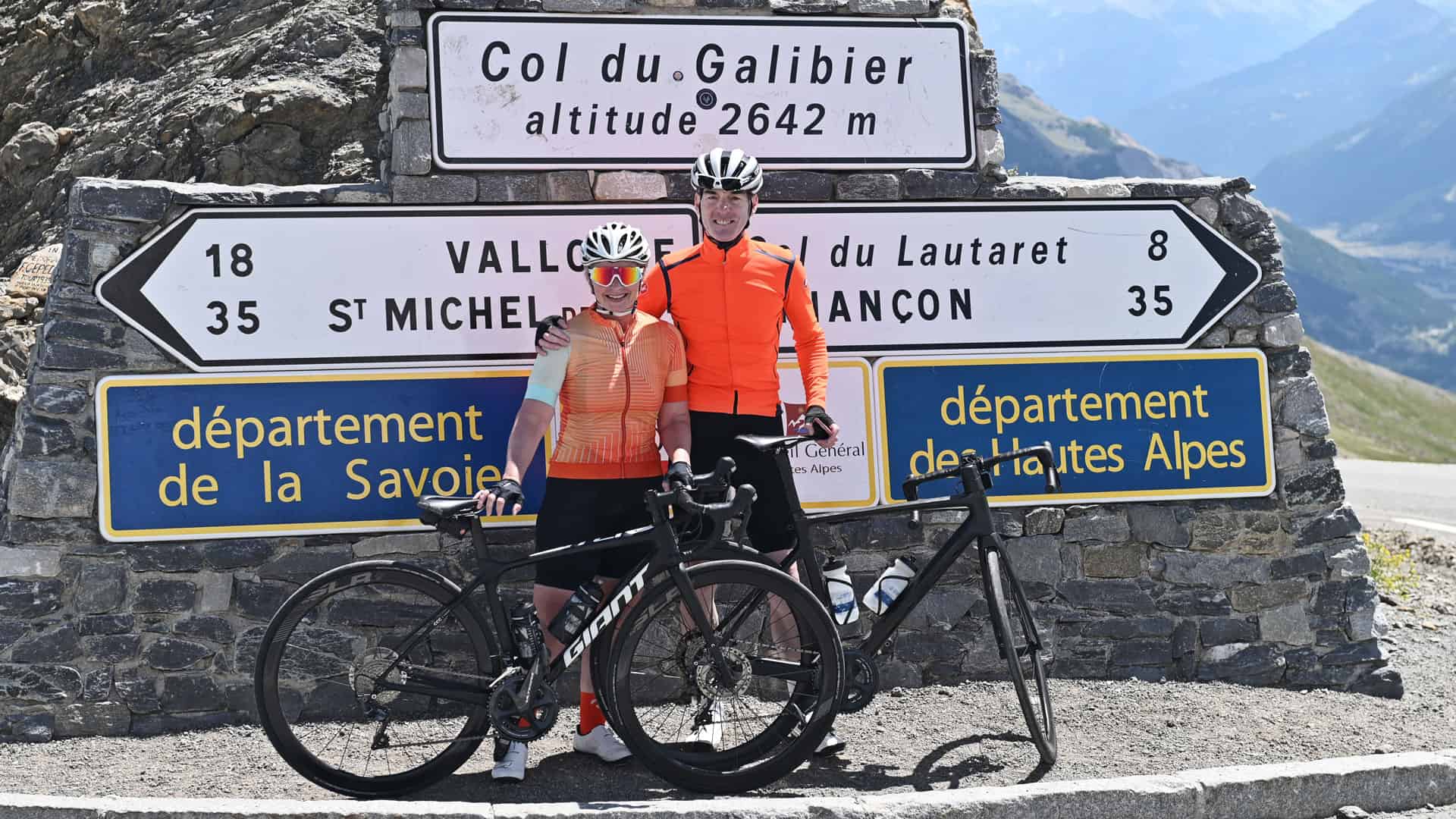
Leave A Comment